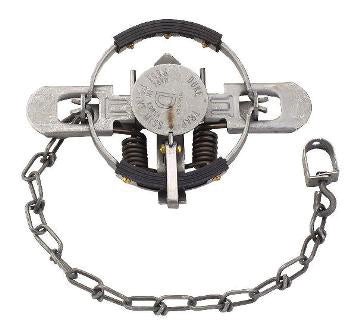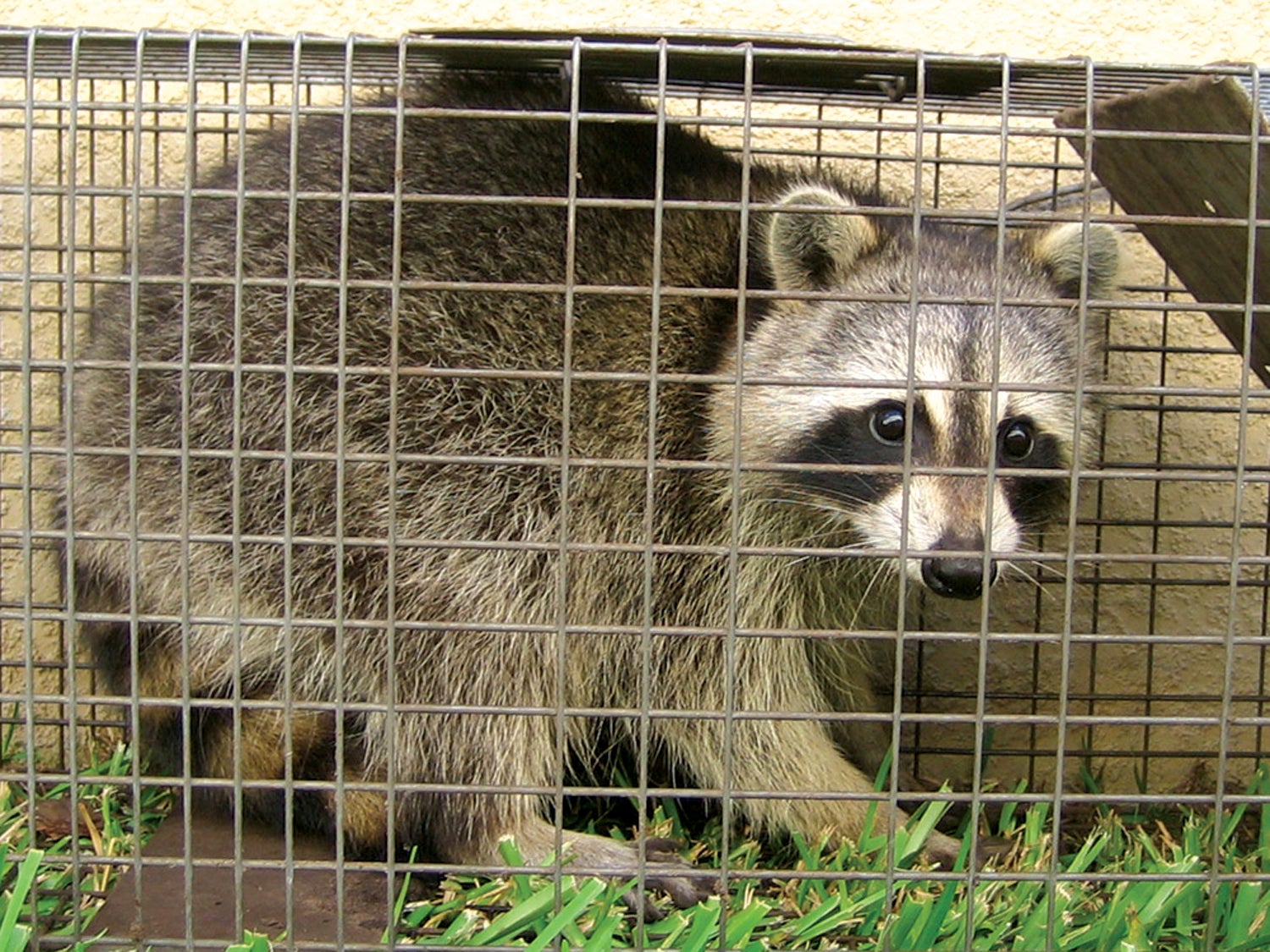East Tennessee Outdoors: Trapping
Published 12:33 am Friday, February 14, 2020
BY DANNY BLEVINS
STAR CORRESPONDENT
Some of my fondest memories of my teenage years are of following behind my father in the dead of winter as he ran his trapline. He trapped for mostly fox and bobcat but would not cull a nice mink or muskrat either.
Trapping was a part of our life because the furs that my father caught were sold and used as part of our winter money. My father respected the animals he caught and did whatever he could to make sure the animal did not suffer. After all, that animal was giving his life to help provide for us.
My father took great pride in being able to catch these furbearers. He knew he had to outthink them and know their habits and habitat well to catch them.
Bobcat was his favorite catch and I will never forget the day he caught the largest bobcat I have ever seen. This creature had roamed the mountains behind my house for probably well over a decade and he measured close to six feet long from nose to tail.
Once my father sold that pelt, it brought $65.00. Trust me, this was a lot of money in 1976.
I enjoyed trapping back then but I do not take the time to do much of it anymore. Life passes by quickly and my attention is drawn to other sports and hobbies.
Today, it would be difficult to find anyone who runs a trapline. Part of the problem is trapping has not been passed down to another generation.
It is hard to make up for this especially when you are dealing with a generation that is used to instant gratification and a cell phone.
Another reason for the decline in trapping is the misinformation spread by anti-hunting groups.
Organizations such as PETA use images from trapping in their anti-hunting campaigns but never tell the entire truth that hunting and trapping are important parts of wildlife management.
An area that has too many predators will have a negative impact on other game animals such as rabbits, squirrels, grouse, and turkeys.
But the main reason trapping is not as popular today as it was years ago is the price of furs. When I was a teenager, fur prices were respectable.
I remember that I sold one raccoon hide for $25.00, a large bobcat brought $50.00, a male mink sold for $15.00 and a good red fox brought $25.00.
Today, a trapper would be hard-pressed to get a fraction of these prices from their catches. A large raccoon might bring $5.00, a coyote might sell for $10.00, a nice bobcat might fetch you around $35.00, a red fox might sell for $10.00 and a male mink might get you $5.00 if you are really lucky.
Fur prices that peaked around 1979 have plunged to all-time lows and many people do not see the sport as rewarding as it once was.
Southern furs do not bring as much as furs in other parts of the country, and the sportsman who could be stringing a trapline, choose to pursue other winter outdoor sports.
Some look for deer sheds others bundle up and fish for bass and walleye and still others use the winter months as a time to prepare their equipment for their other outdoor activities.
I really hope that trapping does not become a thing of the past. I have too many good memories of the times I have spent running a trapline to see it become extinct.
I guess that I just need to take the time to string a few traps again myself and get that old feeling back that I first experienced as a young boy. It was a feeling of walking in the footsteps of my ancestors and the mountain men of long ago. You can just call them trappers.
For more information on Tennessee trapping, pick up a copy of Tennessee’s Hunting and Trapping Guide or download the regulations at twra.gov.







